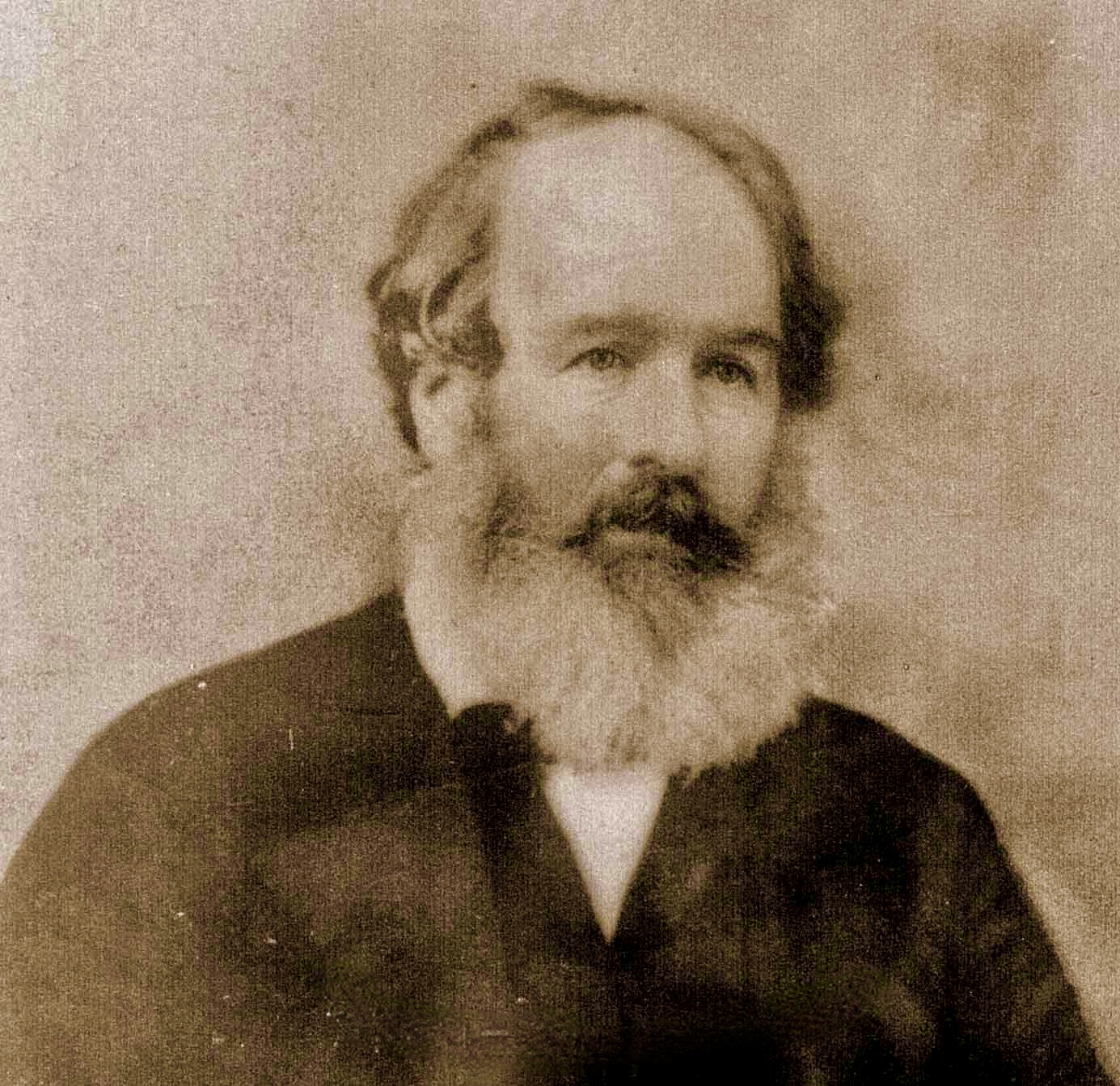OUR STORY
The story of Evandale Estate is a captivating journey through the early days of South Australian viticulture.

Henry Evans – Born 1812
This remarkable property, established by Henry Evans in 1850, played a pivotal role in shaping the region’s wine industry and agricultural landscape. From its humble beginnings to its eventual transformation, Evandale Estate stands as a testament to the vision, perseverance, and entrepreneurial spirit of its founder.
The birth of a colonial enterprise
The roots of Evandale Estate can be traced back to 1843 when Henry Evans, his wife Sarah, and their young son disembarked at Port Adelaide. Shortly after their arrival, the family settled in the Barossa district, where they began to lay the foundations for what would become a significant agricultural and viticultural venture.
In 1850, Evans purchased five 80-acre sections east of Angaston in the Hundred of North Rhine. This strategic acquisition marked the beginning of Evandale Estate. By July of that year, the Evans family had moved into their newly built homestead, setting the stage for the development of a thriving enterprise.
Evans, a manufacturing chemist by profession, quickly recognised the potential of the land for grape cultivation. Between 1850 and 1853, he meticulously planned and planted orchards, nurseries, and vineyards for commercial fruit and wine production. Initially focusing on Frontignac, Tokay, and Early Portugal grape varieties,
By 1857, the estate’s seven-acre vineyard was producing 85 hogsheads of wine, sold at six shillings per gallon. This impressive yield represented a return of more than 260 pounds sterling per acre, highlighting the economic viability of Evans’s venture.
Expansion and innovation
As demand grew, Evans embarked on an ambitious expansion plan. In 1858, he laid out strategies to plant an additional 200,000 vines, ultimately expanding the vineyard to over 20 acres. This expansion yielded an impressive 12,000 gallons (54,000 litres) of wine annually. The total acreage under fruit production would eventually reach 100 acres (40 hectares).
Evans’s innovative approach extended beyond viticulture. In 1859, he established the Evandale Nurseries, which became a commercial success in its own right. Under the management of J Frederick Wood, the nursery supplied not only Evandale’s expansion but also settlers from near and far with fruit trees, vines, shrubs, and ornamental trees.
Recognition on the world stage
The quality of Evandale Estate’s wines gained international recognition. In 1862, pure Riesling and Espanoir samples from the estate were exhibited at the Great London Exposition. This prestigious event, sponsored by the Royal Society of Arts, Manufactures and Trade, showcased 28,000 exhibitors from 36 countries. Evandale’s wines were again featured at the 1867 L’Exposition Universelle in Paris, further cementing their reputation on the global stage.
A legacy transformed
Tragically, Henry Evans passed away suddenly in 1868 at the age of 56. His death marked a turning point for Evandale Estate. Under the direction of his heir, 29-year-old Henry Angas Evans, the winery was closed, and many vines were either pulled or grafted to currants. The winery buildings were repurposed for apple processing, capitalising on the estate’s already flourishing fruit business.
While this transformation marked the end of Evandale’s winemaking era, it did not diminish the estate’s significance in South Australian agricultural history. Henry Angas Evans continued to innovate and prosper, ensuring that the legacy of Evandale Estate endured, albeit in a different form.
Evandale Estate’s journey from a fledgling colonial enterprise to a renowned wine producer and then to a successful fruit business exemplifies the adaptability and resilience of early South Australian settlers.
Today, it stands as a testament to the vision of Henry Evans and the enduring impact of his contributions to the region’s agricultural heritage.
